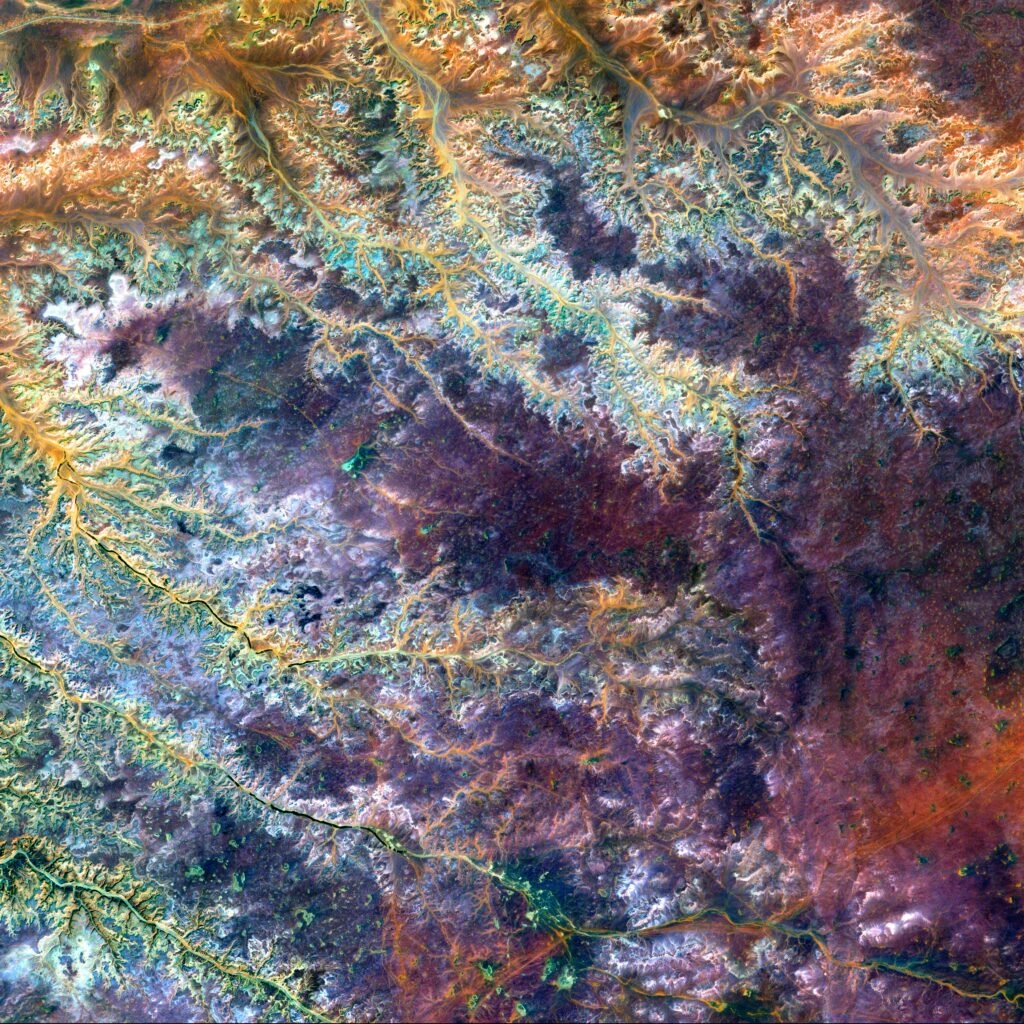
Have you ever wondered why cats bury their waste? It’s a common behavior that confuses many cat owners. The act of burying their waste is actually instinctual for cats, dating back to their wild ancestors. In the wild, cats would bury their waste to avoid attracting predators or alerting potential prey to their presence. Even though our domesticated feline friends no longer face the same dangers, this innate behavior remains deeply ingrained in their instincts. So, the next time you see your cat diligently burying their waste, remember that it’s just their natural instincts at work!
Table of Contents
Why Do Cats Bury Their Waste?
As cat owners, we’ve all observed the peculiar behavior of our feline friends diligently burying their waste. It may seem like a mundane and instinctual act, but there is more to it than meets the eye. Cats have been burying their waste for thousands of years, and this behavior has been shaped by various factors, including their instinctual nature and their interactions with their environment. In this article, we will explore the reasons behind this fascinating behavior.
The instinctual behavior of burying
Burying waste is an instinctual behavior deeply ingrained in cats. This behavior can be traced back to their wild ancestors, who needed to conceal their presence from potential predators. By burying their waste, cats can avoid leaving behind any trace of their presence, ensuring that their enemies or potential prey are unaware of their presence in the area.
Maintaining cleanliness and hygiene
Another reason why cats bury their waste is to maintain cleanliness and hygiene in their living areas. Cats are known for their meticulous grooming habits, and burying waste is an extension of their cleanliness rituals. By burying their waste, cats are able to keep their living spaces tidy and free from any unpleasant odors.

Avoiding detection and potential predators
In the wild, cats are both predators and prey. By burying their waste, cats can minimize their scent and avoid attracting potential predators. This behavior is especially important for outdoor cats who rely on their camouflage and stealth to survive in potentially dangerous environments. By burying their waste, cats reduce the chances of alerting predators to their presence.
Marking territory
Cats are territorial animals, and burying their waste serves as a way to mark their territory. By leaving their scent on their waste, cats are communicating to other cats that this area has been claimed. This behavior helps establish boundaries and reduces the likelihood of territorial disputes with other felines. Additionally, the act of burying their waste may also serve as a visual cue to other cats, indicating that this territory is occupied.

Instinctual response to cover scent
Cats have an acute sense of smell, and burying their waste may also be an instinctual response to cover up the scent, both for their benefit and the benefit of potential predators. The smell of waste can attract unwanted attention, including that of larger predators. By burying their waste, cats are able to minimize the scent, reducing the risk of being detected by predators and ensuring their own safety.
Burying waste to protect their food source
In the wild, cats rely on hunting for their food. By burying their waste, cats can help maintain the secrecy of their food source. The smell of waste can signal to other animals, including potential competitors, the presence of a food source. By burying their waste, cats can keep their hunting grounds hidden and ensure a steady supply of prey.

Creating a safe and secure environment
Burying waste also helps cats create a safe and secure environment for themselves. Cats are naturally cautious animals, and by burying their waste, they are able to minimize the chances of attracting potential threats or competitors. This behavior contributes to their overall sense of security, allowing them to relax and feel protected in their surroundings.
Adapting to living in close proximity with humans
Cats have been domesticated for thousands of years and have adapted their behavior to coexist with humans. Burying their waste is one such adaptation. While cats in the wild may bury their waste to avoid detection, domestic cats may bury their waste to minimize odor, ensuring that their human companions are not bothered by any unpleasant smells. This behavior showcases the remarkable ability of cats to adapt and form symbiotic relationships with humans.
Social and cultural factors
In addition to instinctual and environmental factors, social and cultural influences can also contribute to a cat’s burying behavior. Cats learn from their interactions with other cats and from observing their own mothers. Kittens often learn how to bury their waste by watching their mothers, who play a vital role in their early development. The cultural factors within a cat’s social group may also shape their burying behavior, as they learn and mimic the actions of other cats in their environment.
The role of maternal influence
Maternal influence plays a significant role in a cat’s burying behavior. Kittens learn many essential behaviors from their mothers, including the act of burying waste. In the early stages of a kitten’s life, the mother cat teaches her young how to use the litter box and properly bury their waste. This maternal guidance ensures that the kittens develop the necessary skills to maintain cleanliness and hygiene as they grow older.
In conclusion, cats bury their waste for a variety of reasons. It is an instinctual behavior deeply rooted in their history as both predators and prey. Burying waste allows cats to maintain cleanliness, avoid detection from predators, mark their territory, and create a safe environment. Furthermore, this behavior is influenced by their social interactions and the guidance of their mothers. So the next time you observe your cat burying its waste, remember that it is not merely a mundane act but a fascinating behavior shaped by centuries of instinct and evolution.
